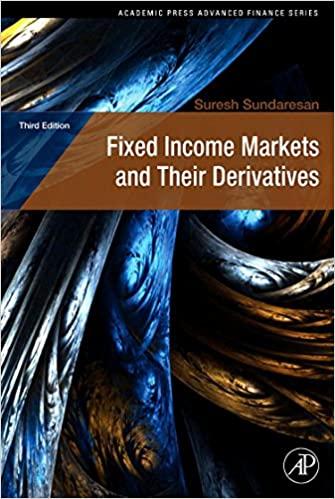Required information The following information applies to the questions displayed below) On January 1. Year 1 the general ledger of a company includes the following account balances Accounts Debit Credit Cash 5.10.200 Accounts Receivable 47,500 Supplies 9,000 Equipment 79,000 Accumulated Depreciation $10.500 Accounts Payable 16,100 Common Stock, 51 par value 15,000 Additional Paid-in Capital 95.900 Retained Earnings 410 Totals $179,00 $179,700 During January Year 1, the following transactions occur January 2 Issue an additional 2,200 shares of $1 par value common stock for $14,000 January 9 Provide services to customers on account, $18,300 January 10 Purchase additional supplies an account, 56,400. January 12 Purchase 1,800 shares of treasury stock for $22 per shares January 15 Pay cash on accounts payable, 5119,000 January 21 Provide services to customer's for cash, 550,600 January 22 Heceive cash on accounts receivable, 518,100. January 29 Declare a cash dividend of $8.30 per Share to all shares outstanding on January 29. The dividend is payable on February 15. (Hint: The company had 35,000 shares outstanding on January 1, Year 1, and dividends are not paid on treasury stock.) January 3 Resell 9ee shares of treasury stock for 324 per share. January 33 Pay cash for salaries during January, 543, 580. 5. Prepare a classified balance sheet as of January 31 Year 1. (Amounts to be deducted should be indicated by a minus sign.) - Prepare a classified balance sheet as of January 31, Year 1 (Amounts to be deducted should be indicated by a minus sign.) Classified Balance Sheet January 31, Year 1 Assets Liabilities Accounts Receivable Supplies Accounts Payable Dividends Payable Utilities Payable income Tax Payable 0 Total Current Liabilities Stockholders' Equity Common Stock Additional Paid in Capital Dividends 0 Treasury Stock Total Stockholders' Equity 0 Total Liabilities and Stockholders' Equity Total Current Assets Equipment Less Accumulated Depreciation Total Assets 0 s $ 0 5. Record closing entries (if no entry is required for a transaction/event, select "No journal entry required" in the first account held.) View transaction list View journal entry worksheet X Debit Credit Record the closing entry for revenue accounts 2 Record the closing entry for expense accounts * Record the closing entry for dividend account - Analyze the following for the company -1. Calculate the return on equity for the month of January Return on Equity Ratio Choose Denominator Choose Numerator Return on Equity Ratio Return on equity a-2. If the average return on equity for the industry for January is 2.3% is the company more or less profitable than other companies in the same industry? More profitable O Less profitable b. How many shares of common stock are outstanding as of January 31 Yeart? Number of condutstanding c-1. Calculate earnings per share for the month of January (Hint to calculate average shares of common stock outstanding take the beginning shares outstanding plus the ending shares outstanding and divide the total by 2) Earnings Per Share Choose Denominator Choose Numerator Earnings Per Share Earnings Per Share c-2. If earnings per share was $2.40 last year, an average of $2.40 per month), is earnings per share for January Yoor 1 better or worse than last year's average? O Better Worse












